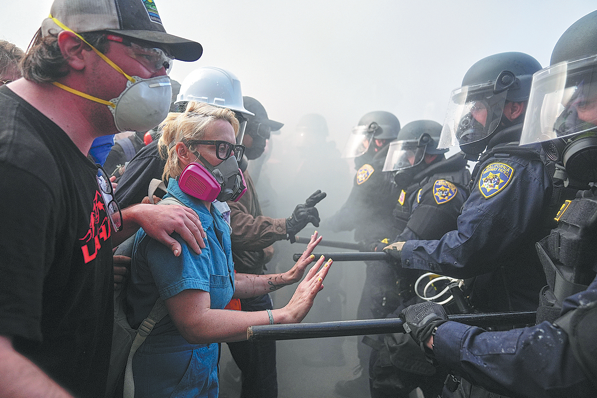Conservation brings gains to Tibetan countryside
By PALDEN NYIMA in Lhasa | China Daily | Updated: 2022-06-01 09:27
The Tibet autonomous region has spent more than 68.4 billion yuan ($10.3 billion) on water conservancy over the past decade, and rural residents no longer need to fetch drinking water on their backs, or break ice to get water, an official said at a news conference on Thursday.
From 2012 and 2021, by implementing targeted water conservancy projects, the region has built a water conservancy infrastructure system that covers flood control, water supply in urban and rural areas, and farmland irrigation.
Wang Ping, deputy head of the region's department of water resources, said the region has treated more than 7,900 square kilometers of eroded water and soil, and more than 14,700 residents have been employed as chiefs to protect rivers and lakes.
"Thanks to the mechanism of having all of the region's rivers and lakes protected by chiefs, the rivers and lakes are better protected, and incidents of damage to rivers and lakes have largely decreased," said Wang.
"Sources of pollution in rivers and lakes have been effectively controlled, the management and protection of shorelines have been continuously strengthened, and the ecological environment has been continuously improving," he said.
The region attaches great importance to the protection and restoration of river source areas, places with fragile ecologies, maintaining a healthy water environment, and preserving the water tower of Asia, said Wang.
"The region has spent more than 5.6 billion yuan on safe drinking water projects over the past 10 years, implementing nearly 19,000 rural water supply projects," said Wang, adding that more than 2.8 million people in the region now benefit from about 27,000 water supply projects in rural areas.
As of the end of 2019, the region's 628,000 impoverished people and all rural residents had access to safe drinking water.
In the past decade, Tibet has invested more than 10 billion yuan in drought and flood prevention. It has 143 reservoirs, with a total storage capacity of 4.38 billion cubic meters of water.
























